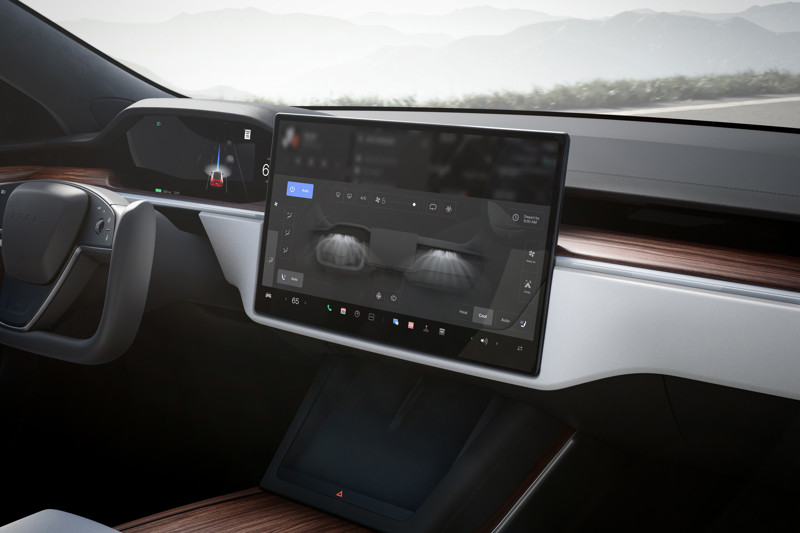User Interface
User interface refers to the various ways drivers and passengers interact with the features and controls of a vehicle.
The user interface (UI) in vehicles encompasses the design, layout, and functionality of controls, displays, and other components that allow users to operate and interact with a car's features. This includes the dashboard, steering wheel controls, touchscreens, buttons, knobs, switches, voice commands, and other input/output mechanisms.
Importance of User Interface
The UI plays a crucial role in how drivers and passengers interact with a vehicle, influencing their overall driving experience, ease of use, safety, and satisfaction. A well-designed UI can enhance the usability, accessibility, and convenience of a car's features, while a poorly designed one can lead to confusion, frustration, and potential safety hazards.
Modern vehicles often feature advanced UIs incorporating infotainment systems, GPS navigation, climate control, connectivity features, and driver assistance systems. These interfaces are designed for different types of users, including drivers, passengers, and sometimes even pedestrians, and may vary depending on the car's make, model, and year.
Tesla Model S
Evolution of User Interface
The UI of cars continues to evolve with advancements in technology, including the integration of voice commands, touchless gestures, augmented reality, and other emerging technologies to improve the overall driving experience.
This article explores the various UI technologies used in electric vehicles (EVs), including screens, head-up displays, voice control, physical buttons, and gesture control. We have separated this article into sections to delve deeper into the different parts of the UI.
Screens
Screens are one of the most noticeable aspects of the UI in modern EVs. These displays range from small screens showing basic information to large touchscreens that dominate the dashboard.
Head-Up Display
The head-up display (HUD) projects essential information, such as speed and navigation, onto the windshield, allowing the driver to keep their eyes on the road while still accessing critical data.
Read all about head-up displays.
Physical Buttons
While screens and voice control are becoming more popular, physical buttons still play an essential role in the UI of EVs.
Read all about physical buttons.
Steering Wheel
The steering wheel is a crucial part of the UI in a car. It is the primary control mechanism that allows the driver to steer the vehicle and control its direction of movement.
Read all about the steering wheel.
Stalks
Stalks, typically located on the steering column, are control switches or levers that operate various vehicle functions without the driver taking their hands off the steering wheel.
Mirrors
Mirrors are an essential part of the UI in cars. They provide critical visual aid, allowing the driver to observe the vehicle's surroundings and contributing to safe driving.
Voice Control
Voice control is becoming increasingly popular in EVs. It allows drivers to access various features, such as navigation, media, and climate control, without taking their hands off the wheel.
Gesture Control
Gesture control is an emerging technology in EVs. It enables the driver to use hand movements to control various features, such as adjusting the volume or changing the radio station.
Most sold EVs globaly
Below, you find the top 10 most-sold EV models in the world. Click on the name for full info.
